It’s No Longer About Taking a Side: Why GTM Leaders Need to Change the Conversation On B2B Inbound and Outbound Marketing
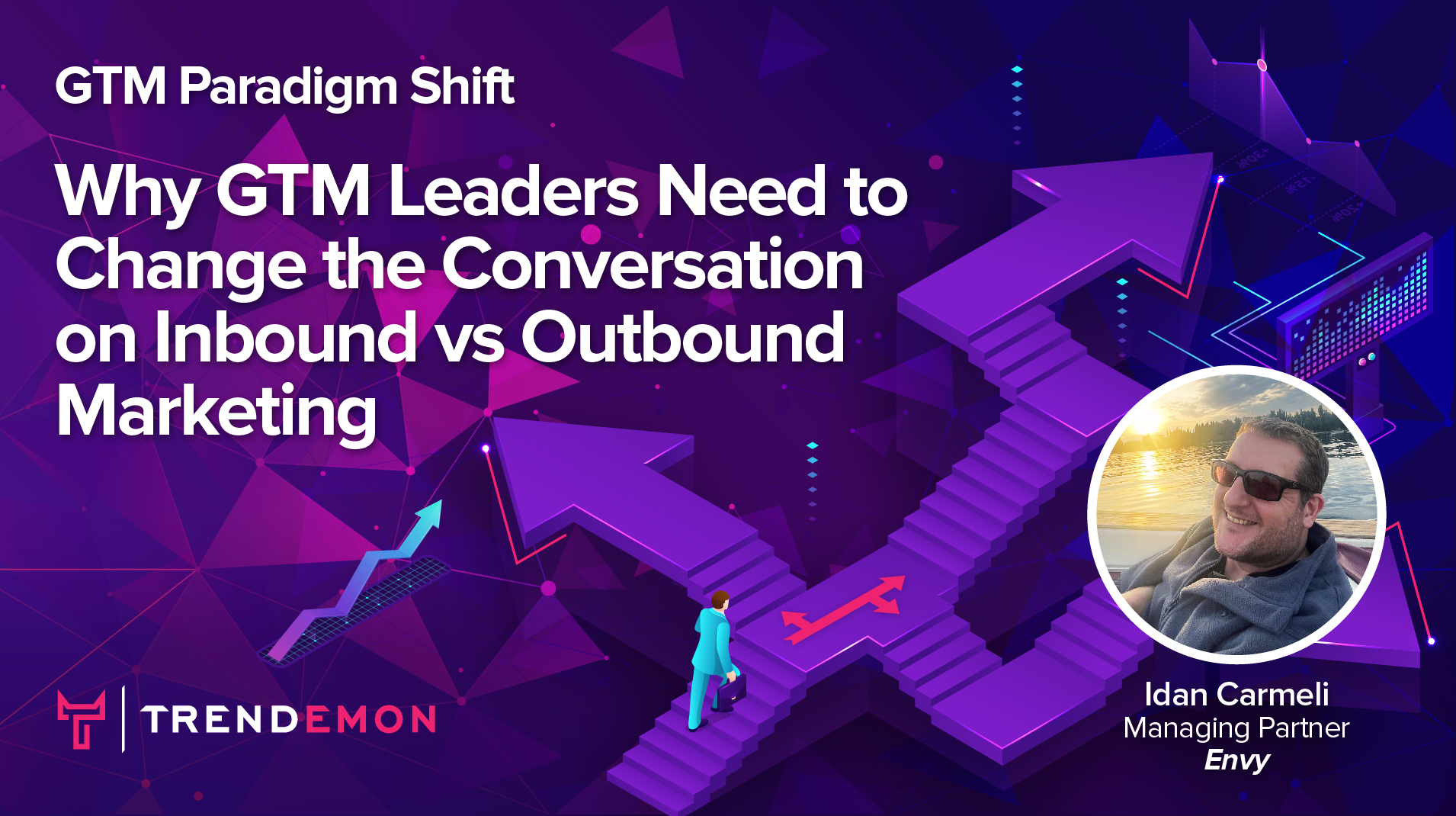
What do you get when two experienced marketers get together to talk about GTM strategies?
A gripping conversation about breaking paradigms, changing the discourse on inbound vs outbound, and advocating for audience-centric marketing.
Avishai Sharon, CEO of Trendemon, and Idan Carmeli, Managing Director of Go Envy, a B2B marketing agency for tech companies, share their insights on one of the most heated topics in GTM strategies:
Inbound vs outbound – which way should you go? Especially when you’re a startup with limited resources.
Here’s what they had to say.
Everyone’s investing in inbound marketing, but the ROI is not so promising
Back in the days when HubSpot coined the term inbound marketing, it inadvertently changed the discourse on how companies created content. Suddenly, there was an uptick in content creation – ebooks, whitepapers, guides, long-form blog posts, videos – all designed to educate, inform, and convert customers. Most of this content was gated, demanding the audience enter their contact information to access it.
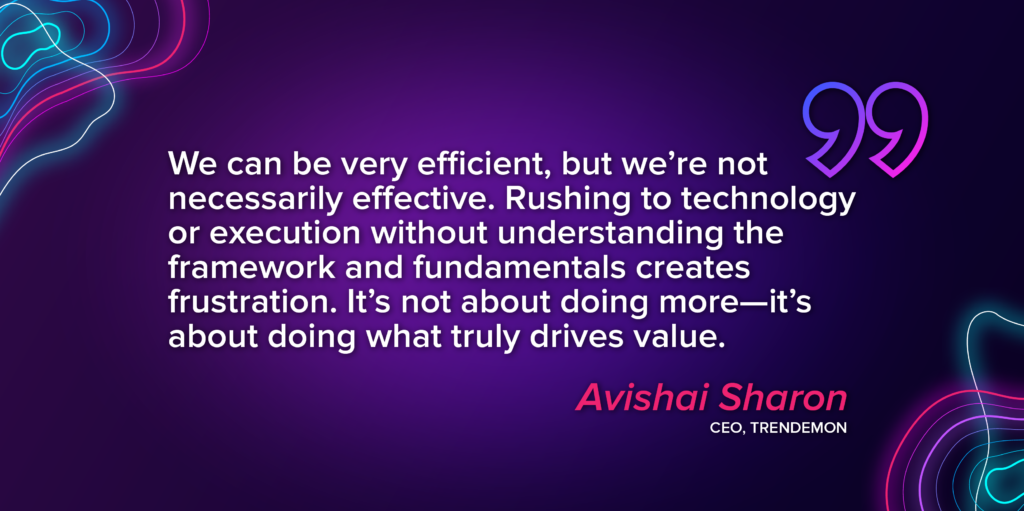
And since then, inbound marketing has become a key GTM strategy for startups and B2B tech companies. But in a world where the average attention span of an individual is 8.25 seconds, inbound marketing is no longer a ride in the park.
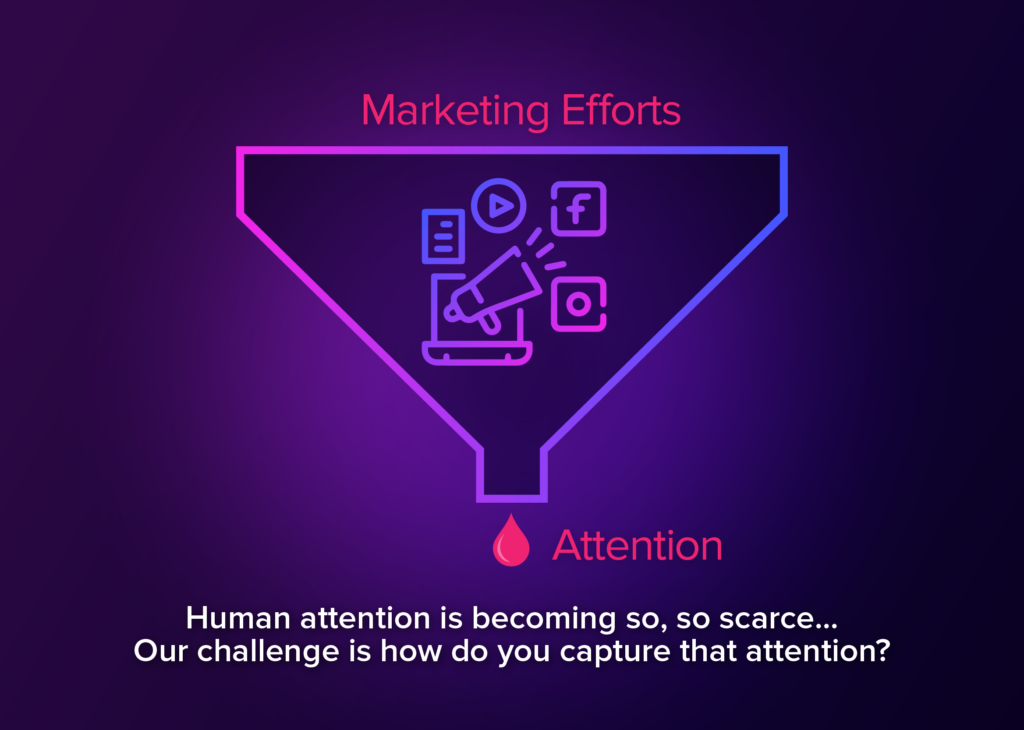
So is outbound marketing the answer?
Should our SDRs use automated tools to get buyers lists, blast emails, and chase every employee working in a dream account company?
Avishai thinks it’s time for companies to adopt a more thoughtful approach.
Smart orchestrations, blending inbound and outbound strategies
Marketers have long had the tendency to take sides. Some will swear by inbound funnels, some will pump hundreds of thousands of dollars into automating the outbound process, turning marketing into a numbers game.
But when inbound SEO and outbound SDRs aren’t bringing in the ROI, does it mean they are both dead?
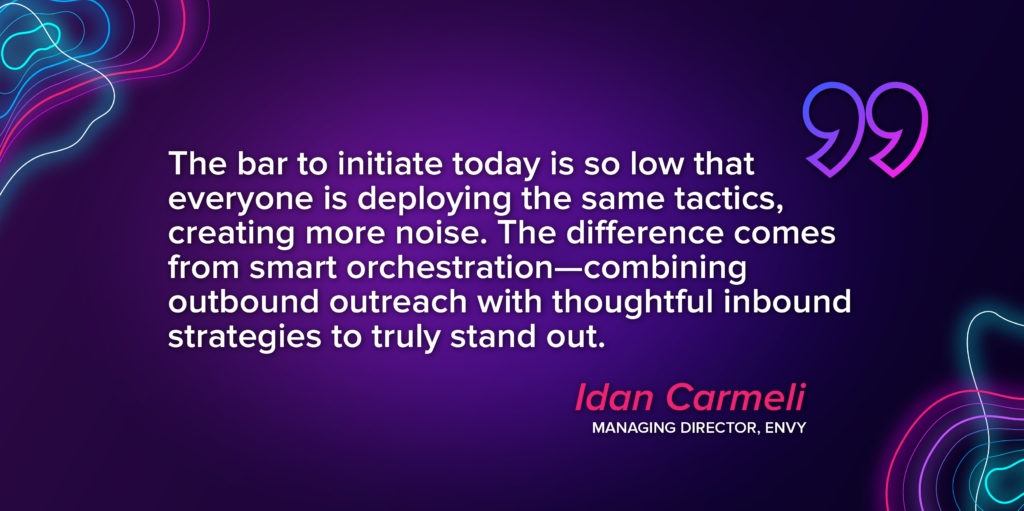
Not if you build smart orchestrations and blend both methods with the intention of serving buyer interests.
This means:
- Quality engagements and quality interactions
- Attention-grabbing over attention spamming
- Better content over more content
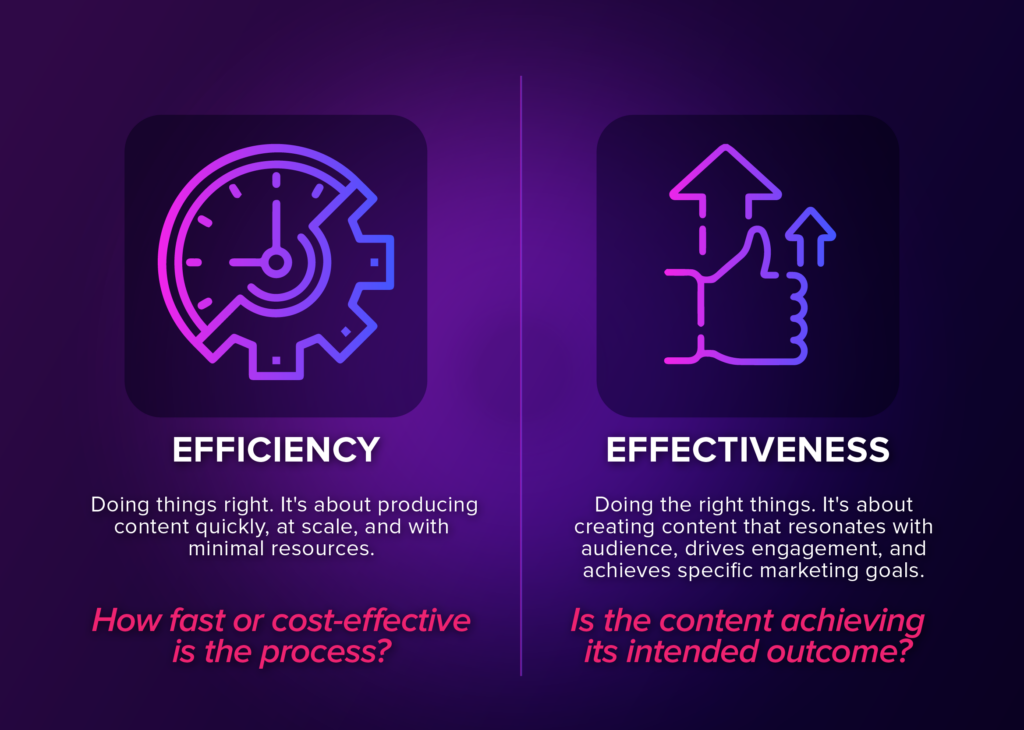
For example, instead of sending out thousands of emails to an audience that is already gating the inflow of information to their inboxes, find the right people to connect with through referrals or in-person events, then keep them connected with quality content such as a monthly newsletter or a research report.
As rightly said by Avishai, brute force is not going to cut it.
But will building a brand cut it?
While there is a shift towards brand building, marketers are still focused on leveraging a brand strategy to fulfill a demand generation strategy.
To the end user, though, it doesn’t matter what you do: build a brand or build a demand gen pipeline.
What they care about is experiences.
- Is your messaging resonating with their interests?
- Do you have the answers to their problems?
- Do you have the systems in place to capture and convert their interest?
- Can they hear you or see you talk about the topics or the problems that matter to them?
If you’re not heard, not visible, and do not have the right messaging or the right tools and systems in place to capture audience interests – it won’t matter if you have a brand or a demand gen strategy, inbound or outbound strategy – it won’t work.
What about account-based marketing…. Is that an effective GTM strategy?
Account-Based Marketing (ABM) has become the default strategy in many B2B go-to-market plans. However, the execution often focuses too narrowly on account selection, targeting, and communication. All the while, everybody knows that buyers, especially buying groups, do most of the research and development of preferences long before they actively communicate this to the vendor.
This disconnect highlights the need to rethink how ABM is approached and implemented.
Compounding the issue is the misconception that ABM is an elite strategy reserved for large enterprises with hefty budgets. Many smaller companies assume they lack the tools, budgets, or expertise to adopt ABM, missing out on its transformative potential – and when they do implement ABM, it’s with a narrowed approach that leads to failure.
To unlock ABM’s full value, we need to shift the focus back to the basics.
ABM isn’t just about selecting accounts and crafting messages; it’s about understanding how and when buyers make decisions and aligning your strategy to meet them where they are.
Even a small startup with 15–20 employees can begin implementing ABM principles by identifying key accounts, creating buyer-centric engagement plans, and building trust long before a direct conversation takes place.
Managing intent vs interest in ABM
Modern ABM strategies and technologies focus solely on intent signals—like identifying accounts actively researching your solution—can seem like the fastest route to conversion. However, intent signals typically represent only 3-5% of your total addressable market, meaning the vast majority of accounts remain in the “interest” stage.
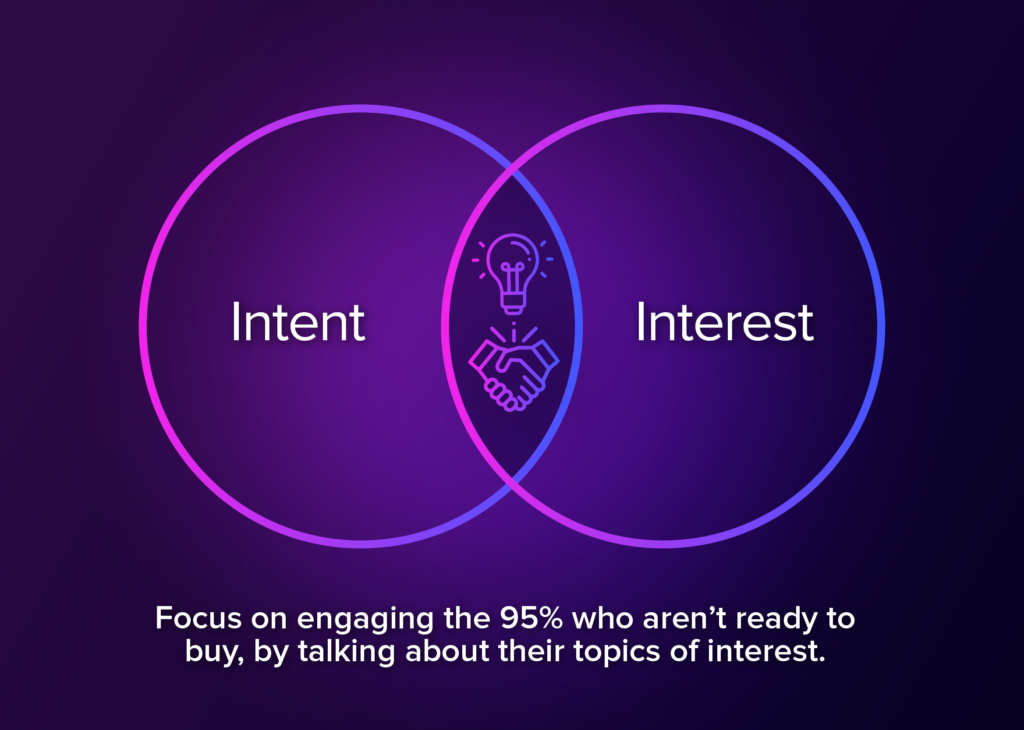
These accounts are engaging with relevant industry topics or challenges but aren’t yet ready to buy. An effective ABM strategy requires balancing the immediate gains from targeting intent-driven accounts with nurturing interest-based accounts to build long-term relationships. By aligning interest-based content with intent-driven outreach, ABM teams can stay top of mind for potential buyers and ensure they’re engaging with the right accounts at every stage of the journey.
How do I convince my leadership which way to go?
The debate over inbound vs. outbound marketing, brand building vs demand gen, or even ABM isn’t just favorite topics with marketers—it’s also a major discussion point in boardrooms, where CEOs and CFOs determine how to allocate the marketing budget.
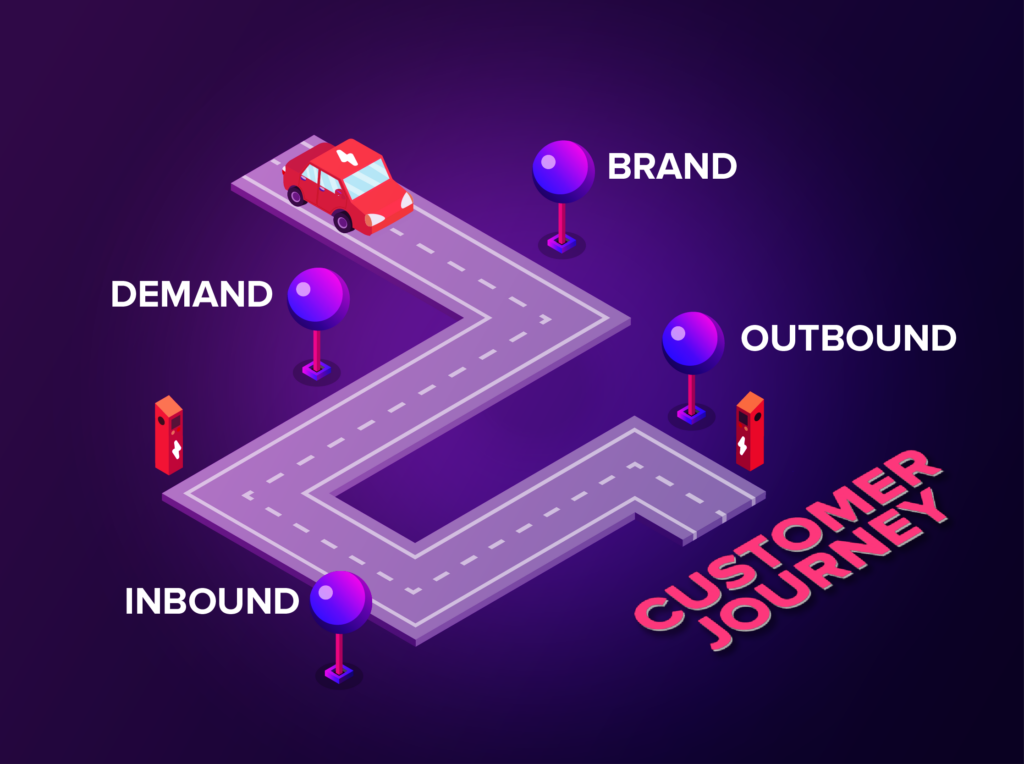
However, as Avishai points out, the real challenge isn’t about convincing leadership where to spend the money. It’s about effectively communicating that your chosen strategy is the right one.
Think of it like driving a car. The decision to turn left or right—inbound or outbound—is yours as the marketer. It’s not about asking your CEO or CFO to make the call for you. Instead, it’s your job to paint a clear picture of the road ahead: where you’re heading, why you’re taking that route, and what support you’ll need to stay on course.
Ultimately, leadership isn’t as concerned about the specifics of inbound vs. outbound as they are about ensuring the strategy is sound, aligns with company goals, and delivers measurable results.
What should my GTM strategy look like?
For starters, we need to change the conversation from inbound vs outbound to capturing buyer interests and intent at scale.
Both Idan and Avishai recommend practical ways to achieve this:
- Understand your buyer’s journey: Listen deeply to your target accounts and uncover their challenges, interests, and goals, not just their immediate buying intent.
- Leverage first-party data wisely: Rely on the insights you’ve already gathered about your buyers to drive decisions rather than over-focusing on third-party intent signals.
- Deliver value through experiences: Surround your audience with relevant, engaging content and meaningful interactions that position your brand as a trusted partner.
- Go beyond the ABM platforms: Build a strategy that isn’t solely dependent on technology but is grounded in clear execution plans and practical alignment with sales.
- Use AI strategically: Harness AI to create a unified view of your buyer journey, enabling personalized experiences that align with their needs and preferences.
- Create a standout roadmap: Differentiate your approach with a cohesive GTM plan that rises above the noise of your competition.
- Invest in advocacy and partnerships: Focus on fostering strong, lasting relationships that drive loyalty and encourage customer advocacy.
In a world where gaining and keeping audience attention is a million-dollar gamble, the conversation goes beyond basic inbound vs outbound. It requires marketers to think of the bigger picture, where the audience is at the center stage, surrounded by hundreds and thousands of other marketers and companies vying for their attention.
Catch the whole episode here – and don’t forget to subscribe to our YouTube channel for in-depth discussions in GTM strategies for B2B companies.